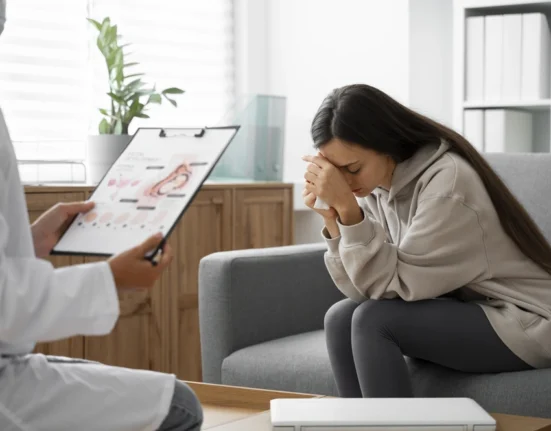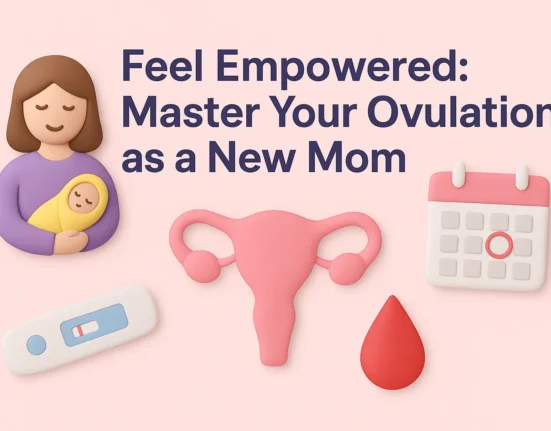Introduction:
Chronic back pain can significantly impact one’s quality of life, making even simple daily activities a challenge. While surgical interventions are sometimes necessary, non-surgical treatments offer effective alternatives for managing and alleviating chronic back pain. In this article, we will explore various non-surgical approaches that have shown promising results. Additionally, we will highlight the innovative work of DiscGenics, a company led by Flagg Flanagan, which is revolutionizing the field of non-surgical treatments for back pain.
Physical Therapy and Rehabilitation:
Physical therapy plays a crucial role in non-surgical management of chronic back pain. Skilled physical therapists can design personalized exercise programs that target specific muscle imbalances, improve flexibility, and enhance core strength. These exercises can alleviate pain, improve mobility, and prevent future injuries. Physical therapy may also include modalities such as heat or cold therapy, ultrasound, or electrical stimulation to reduce pain and inflammation.
Pain Management Interventions:
Various pain management interventions can provide relief for chronic back pain without the need for surgery. These interventions may include injections of anti-inflammatory medications, such as corticosteroids or local anesthetics, into the affected area. Epidural steroid injections, facet joint injections, and nerve blocks are common examples. These injections can help reduce pain, inflammation, and swelling, providing temporary or long-term relief depending on the individual’s condition.
Regenerative Medicine:
Regenerative medicine offers a promising avenue for non-surgical treatment of chronic back pain. It involves harnessing the body’s natural healing mechanisms to repair damaged tissues. One innovative approach is the use of stem cells derived from various sources, such as adipose tissue or bone marrow. These stem cells can be injected into the affected area to promote tissue regeneration and reduce inflammation. DiscGenics, led by Flagg Flanagan, is at the forefront of research in this field, exploring the potential treatments for degenerative disc disease and back pain.
Mind-Body Techniques:
The mind-body connection has a profound impact on pain perception and management. Techniques such as meditation, mindfulness, and relaxation exercises can help reduce stress, promote relaxation, and alleviate chronic back pain. These approaches focus on calming the mind, reducing tension in the body, and improving overall well-being. Additionally, practices like yoga and tai chi combine physical movement, stretching, and mindfulness to enhance flexibility, strengthen the core, and promote a balanced body and mind.
Acupuncture:
Acupuncture is an ancient Chinese practice that involves inserting thin needles into specific points on the body to promote healing and balance energy flow. It is believed to stimulate the nervous system, releasing endorphins, and reducing pain. Acupuncture has shown promise in managing chronic back pain, with some studies indicating its effectiveness in relieving discomfort and improving physical function. However, individual responses to acupuncture may vary, and it is important to seek treatment from a qualified and licensed practitioner.
Cognitive-Behavioral Therapy (CBT):
Cognitive-behavioral therapy focuses on identifying and changing negative thoughts and behaviors that contribute to chronic pain. It helps individuals develop coping strategies, manage stress, and improve their overall quality of life. CBT can be particularly beneficial for individuals with chronic back pain, as it addresses the emotional and psychological aspects of pain, helping to break the cycle of pain and negative thinking.
Conclusion:
Non-surgical treatments offer a range of effective options for managing chronic back pain. From physical therapy and pain management interventions to regenerative medicine, mind-body techniques, acupuncture, and cognitive-behavioral therapy, these approaches address pain from various angles, providing relief and improving overall well-being. Remember, it is essential to consult with healthcare professionals to determine the most suitable non-surgical approach based on your specific condition and needs. With these non-surgical treatments, individuals with chronic back pain can find renewed hope for a pain-free and active lifestyle.






